Up Next

Judging by the early stages of the 2020 season, Kimi Raikkonen appeared content to slide out of Formula 1.
The uncompetitive Alfa Romeo package, primarily the result of the weakness of the customer Ferrari engine but amplified by the team’s struggles to get on top of the car aerodynamically, seemed to have drained the fight from him. It seemed inconceivable a team that already had reservations about his outright pace would keep him on.
Even when there was a result on the cards in the season-opening Austrian Grand Prix, a wheelnut fired off at a restart and threw him off the track. It’s been that kind of season for Alfa Romeo and, early on, most enquiries about how his race had gone were met with to-the-point explanations of why it was, literally, pointless.
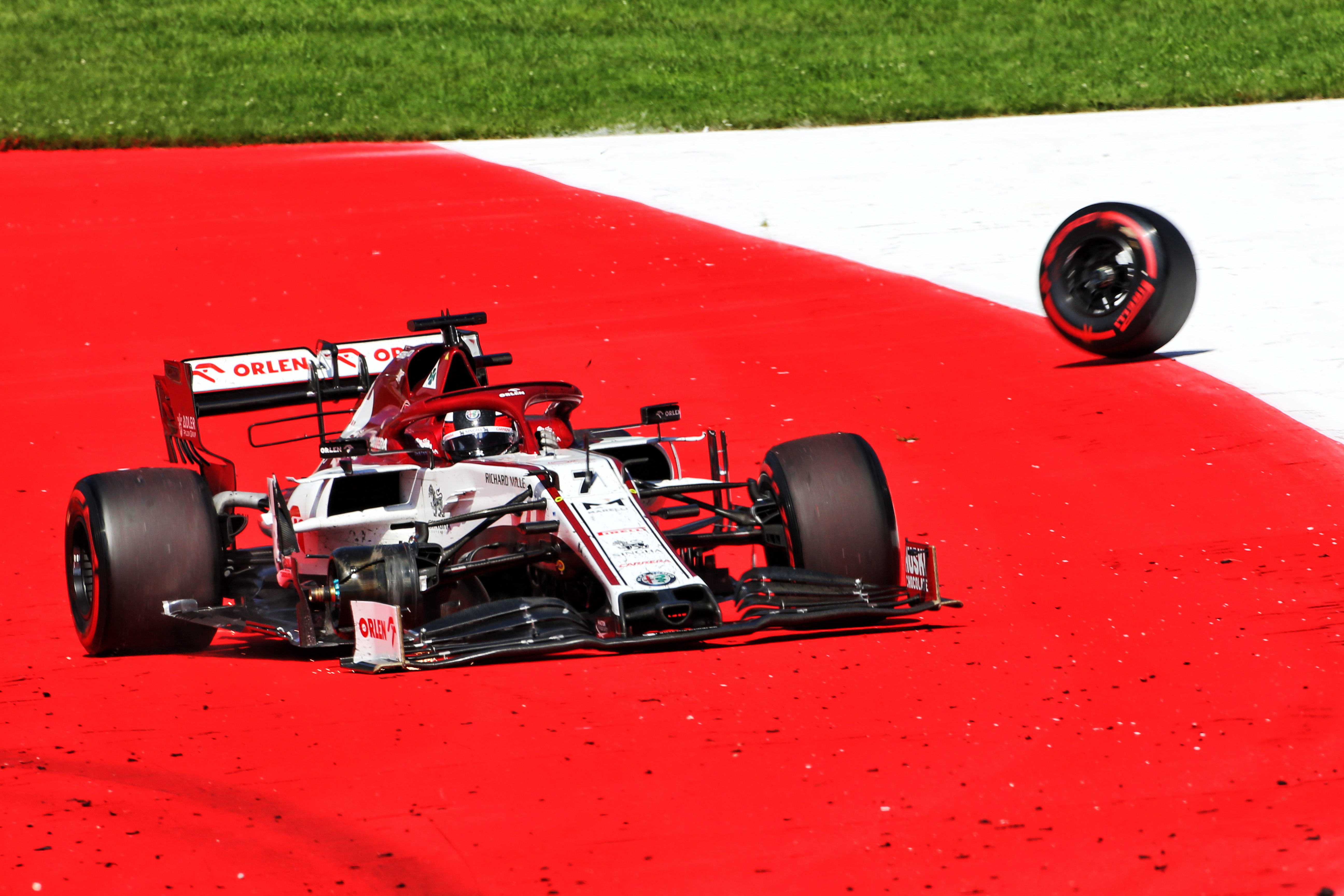
In the first four dry qualifying sessions of the year, team-mate Antonio Giovinazzi had the edge by an average of one tenth of a second, with the only reversal in the wet qualifying for the Styrian Grand Prix, which has to go down as a missed opportunity for both Alfa Romeo drivers. Raikkonen’s race pace was decent enough – in particular in Styria – but he didn’t appear to be getting the most from himself or the limited car.
That changed in Spain, where Raikkonen made Q2 for the first time and, a mistake on the first lap that allowed Kevin Magnussen to pass him aside, he drove a fine race. From that weekend onwards, he has been a different proposition. It was as if a switch had been flicked.
The Race’s driver race weekend ratings had him at an average of 6.2 for the first five races, rising to 7.7 for the next eight – and it could have been higher but for the spin in Q1 at Sochi that heavily compromised him, even if his weekend at the Nurburgring was poor.
Yes, the car performance has improved, but so has Raikkonen to the point where he’s been the stronger Alfa Romeo driver more often than not recently – Sochi and Nurburgring aside.
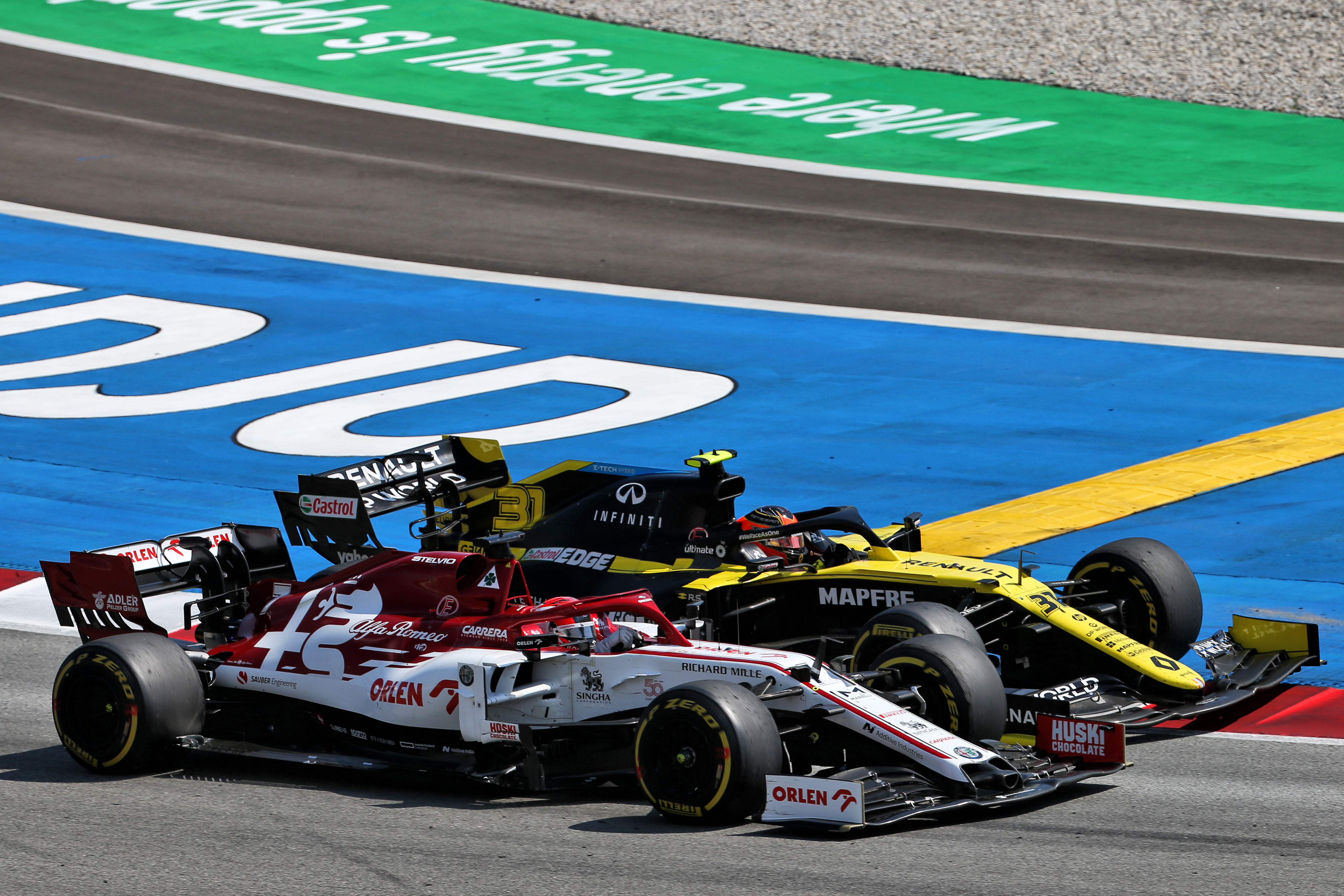
He puts this down to the team’s growing understanding of the car, and although the 41-year-old isn’t as quick as he once was his performances have improved since the early stages of the season.
It’s a cliche to question Raikkonen’s motivation, but he does appear to have been revitalised by recent progress – or at the very least, has become more convinced the team has the capability of doing more than flounder at the back.
“Not really changes in the car, I think we understood more what it needs, how we need to run it and then getting all the smaller things around it correct,” said Raikkonen when asked by The Race last month about his improved form. “And we learned something in Barcelona that seemed to benefit us quite a bit, at least in qualifying.
“Generally, we just tried so many things to try to find out what is the best, how can we make the best out of the car, and I think the more or less found areas. So recent races have been probably getting the best out of the car.
“I think we’ve been improving and also some new parts lately coming. So it’s step by step. We’re far from where we want to be, but at least we’re going in the right direction and if we can get the best out of it, I think we can be around the 10th place all the time.”
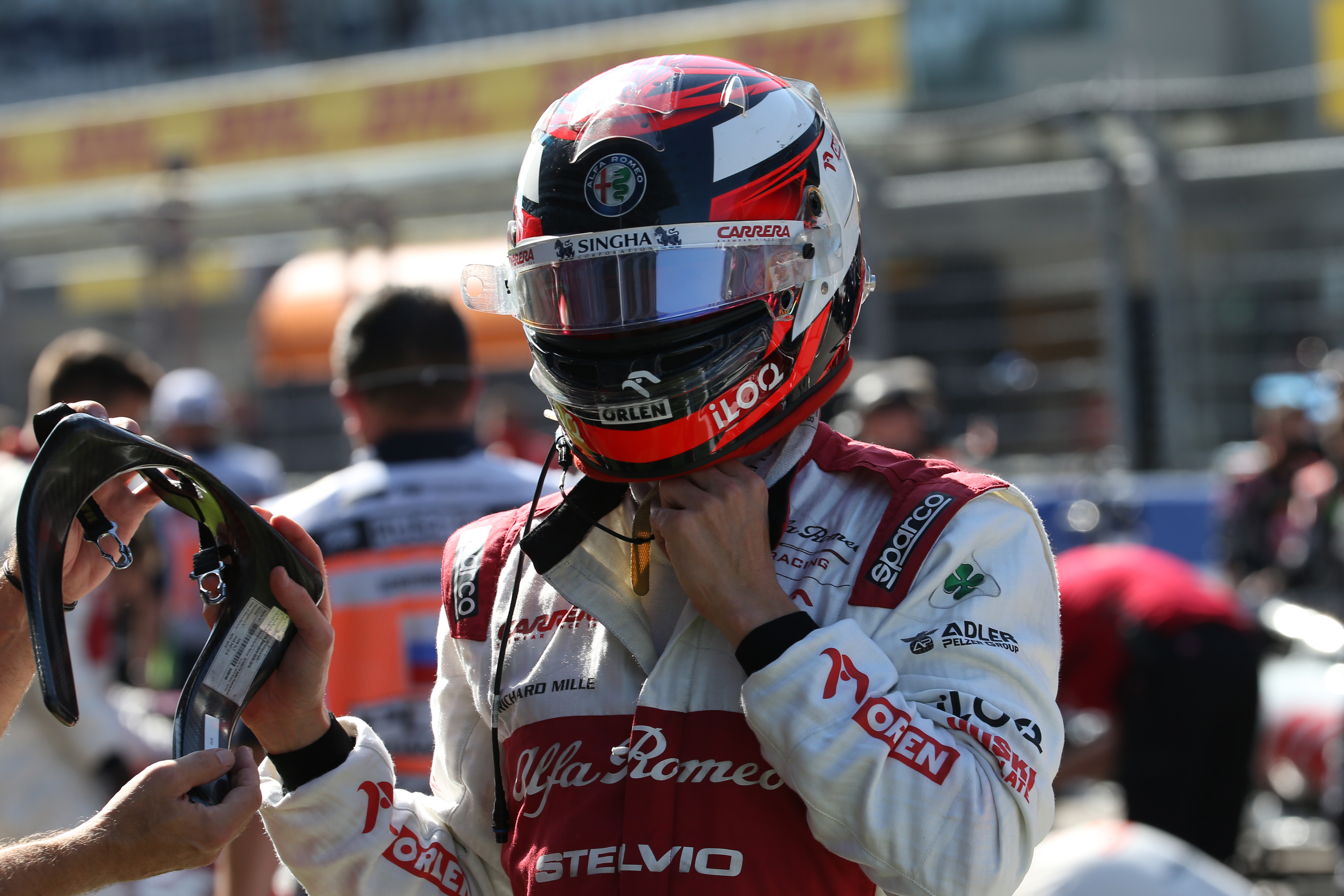
Since saying that, Raikkonen has indeed spent more time running 10th than in any other position. Given the machinery, at best the eighth-fastest in the field, that’s a very respectable return. So what’s behind the improvement?
As ever, to get the best out of Raikkonen you want to give him both a decent amount of front-end load and decent feel on turn-in, and this is what seems to have happened. He even managed to be the leading Ferrari-engined car on the road both at Monza and Mugello, although his five-second penalty for an illegal pit entry dropped him behind Charles Leclerc to ninth in the final reckoning in the Tuscan Grand Prix.
That was the first of only two points finishes for the season, the second coming with ninth at Imola, but these are important returns given it means Alfa Romeo has a firm grip on eighth place in the constructors’ championship. While hardly anything to write home about, that’s as good as it’s going to get for that group at the back.
Alfa Romeo, Haas and Williams form a convenient block at the back of the field that has emerged as a firm ‘Class C’ this season – with the odd guest appearance for Ferrari. If you take the results based solely on Class C finishing order (Ferrari is not eligible despite a few ‘guest’ appearances in that group) it shows how good Raikkonen’s results have been compared to his direct rivals.
Current standings:
1 Kimi Raikkonen, 250 (7 wins)
2 Antonio Giovinazzi, 184 (2 wins)
3 Romain Grosjean, 178 (1 win)
4 Nicholas Latifi, 156 (1 win)
5 George Russell, 129 (1 win)
6 Kevin Magnussen, 117 (1 win)
That’s not to say there isn’t untapped potential in the car and were Alfa Romeo to have a livewire rookie, as it had with Charles Leclerc in 2018, the results would likely have been even better because overall the Alfa is probably the strongest car in that Class C group.
But what Raikkonen gives away in pace – and given at his peak he was one of the fastest there has ever been this doesn’t mean he’s now slow – his experience partly compensates for the missing few tenths of a second.
The team has always spoken highly of the precision of his technical feedback, in common with those he’s worked for before. While sometimes he can be overly-demanding in what he wants from the car rather than ensuring he gets the best from it in its optimum configuration, he is one of the best in terms of accuracy with what he gives the engineers. That counts for something.
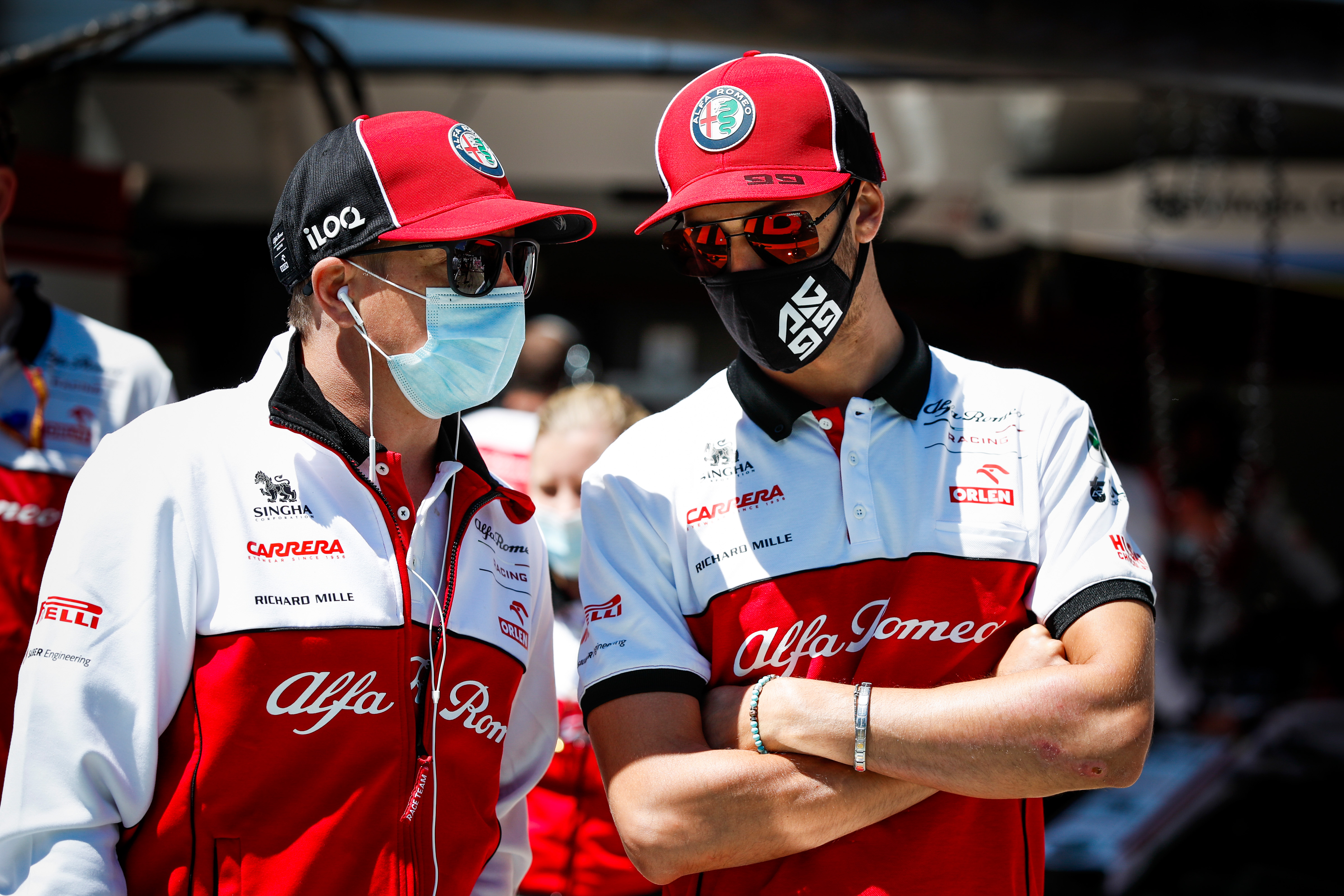
Alongside Giovinazzi, he also offers continuity, which is even more valuable now given the fact that the cars are largely being carried over into 2021.
Not to mention the fact that he’s clearly commercially appealing for a team that is struggling to catch the eye on track so benefits from the attention drawn by having a driver of Raikkonen’s reputation in the team.
Certainly, his presence appeals to Alfa Romeo, as does having an Italian in the other car, and this does appear to have played a role in the driver line-up choice.
Were Raikkonen performing at his early-season level, you could justifiably say this is a waste of a seat. It’s true that Raikkonen can be an intensely frustrating driver given his fundamental level of ability is not always reflected in what happens on track, but this recent run of form indicates he’s back to the kind of level he offered in the first half of last year but only in fits and starts for the rest of the campaign.
That’s what Alfa Romeo needs from him. Raikkonen is an old dog now and he’s not going to learn the proverbial new tricks.
But the team knows what he offers and by playing to his strengths can use his experience to help it as it tries to put itself into a stronger position for 2022.
Giovinazzi has the legs on Raikkonen when he’s performing at his best, but he is too erratic and the fact the qualifying head-to-head between the two is even, albeit with Giovinazzi having a slender lead on average Saturday pace in dry conditions, will have further helped Raikkonen’s case.
It is worth noting that there were rumours of a 2021 driver option in his deal, in which case it would’ve been solely up to him whether to continue or not. Yet not only has Raikkonen himself denied it, there would still have been plenty of value in making sure the team has no doubts of his worth even if his future were in his hands.
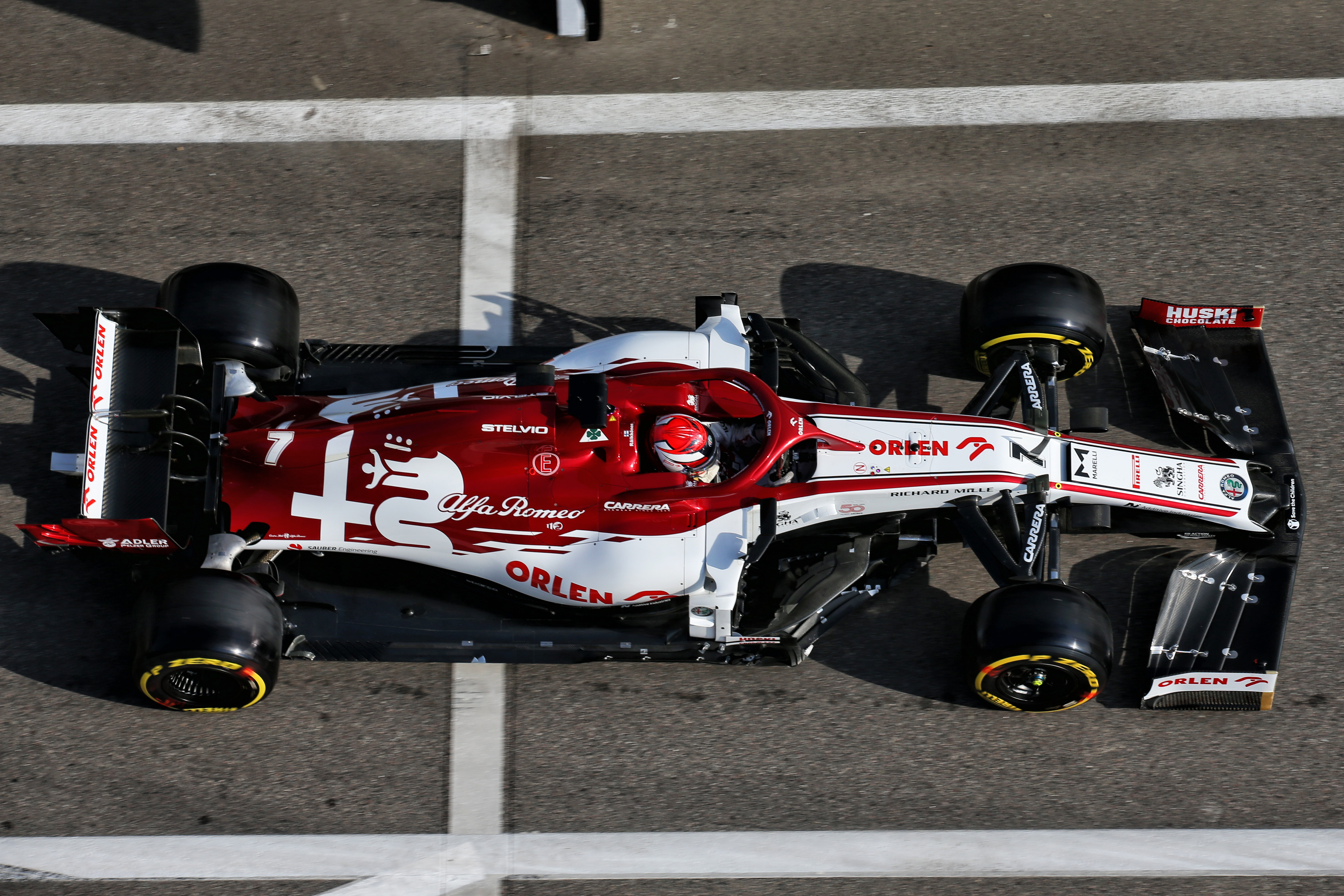
While he might not be the absolute strongest candidate available and Perez really would have been the ideal choice had the team been able to convince him to join, recent form has ensured Raikkonen is still a decent option. He’s not going to deliver you a hard-charging all-action race, but he will be consistently effective on Sundays and appears to be back on form on solid Saturday form.
Combine that with his off-track contribution and he’s a decent enough proposition even though he’s perhaps not the driver to convert a P12 into an improbable P10 with that final sliver of pace. Whereas two decades ago his place at the Sauber team was a magnificent gamble that paid off massively, now it’s a conservative and sensible move that’s guaranteed to pay you back solidly even if the ceiling of his performances isn’t as high as it might be for some.
There is a reason why Raikkonen has the most starts of any grand prix driver in history with 325, and that wealth of experience has its place even if time and the changing demands of Formula 1 cars have blunted him since the days when he was staggeringly fast in his pomp in the middle of the first decade of the century. His spell with McLaren, in particular, merited a world championship or perhaps even two with Mercedes unreliability certainly costing him one title.
Those days are long gone, but as he showed last time out in Portugal he can still do the job, especially when conditions are difficult, even if you do wonder if a driver with that final faction of pace could have held on to 10th place and a rare point.
Some argue that he should make way for younger talent but this is elite sport and you have to earn your place. Raikkonen has done that, even if he’s now a driver whose station in F1 these days is more in the thick of the midfield than at the sharp end.
But it’s only a good thing that grand prix racing will have one of its genuine big names on the grid for another year – in all his faded glory.







